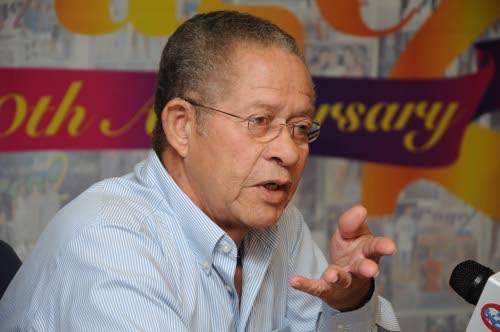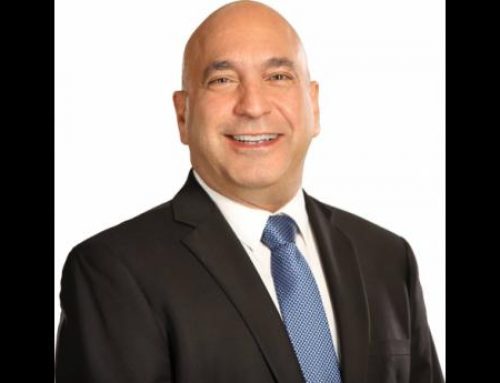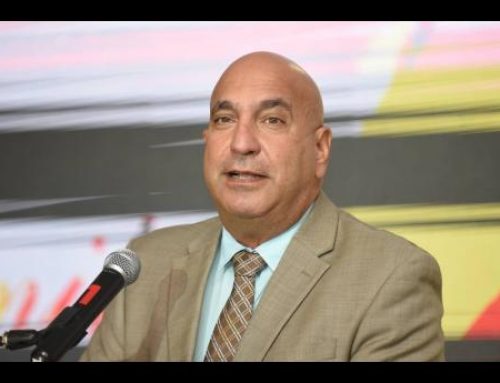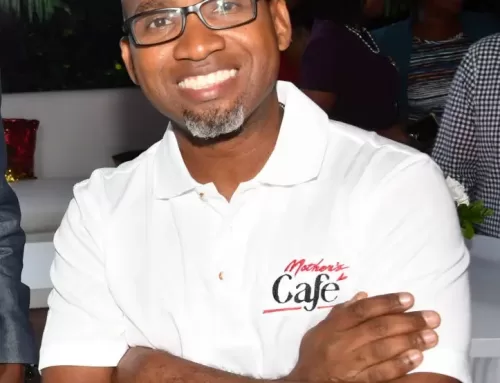Addressing the Rotary Club of Kingston earlier this month, former Prime Minister Bruce Golding shared some very revealing data that, we hope, have attracted the attention of policymakers.
Essentially, what Mr Golding pointed out was the fact that Jamaica needs to develop appropriate responses to the demands that an ageing population will place on the country.
He noted that in 1996 the rate of population growth in Jamaica had fallen to one per cent, and by 2016 it had plummeted to one-tenth of one per cent.
Added Mr Golding: “The average number of children per mother has fallen from 2.74 in 1996 to 2.02 in 2016, which is below the 2.1 level required to maintain a stable population with a margin for mortality.
“The reproductive rate has dropped from nine to five per 100 females of childbearing age. The shrinking size of our child population is also reflected in primary school enrolment that has fallen by 20 per cent from 313,591 in 1996 to 251,918 in 2016.
“At the same time, people are living longer. Although the total population has increased by only eight per cent, the number of people 65 years and over has risen by 41 per cent from 178,950 in 1996 to 253,100 in 2016. Life expectancy in Jamaica, as measured by the World Health Organisation, has risen to 76.2 years, which is above the global average of 71.5 years. Improved medicines, greater health awareness, and increased public health services have enabled people to live longer lives. Between 1996 and 2016, the median age of the Jamaican population moved from 23 years to 29 years.”
Based on the current trend, he said, in the next 30 years the number of people 65 years and older will surpass the number of people under 15 years, while the percentage of those over 80 years will increase from two per cent to seven per cent, and the median age will jump from 29 years to 42 years.
http://www.jamaicaobserver.com/editorial/we-better-listen-to-mr-bruce-golding_128289








Leave A Comment